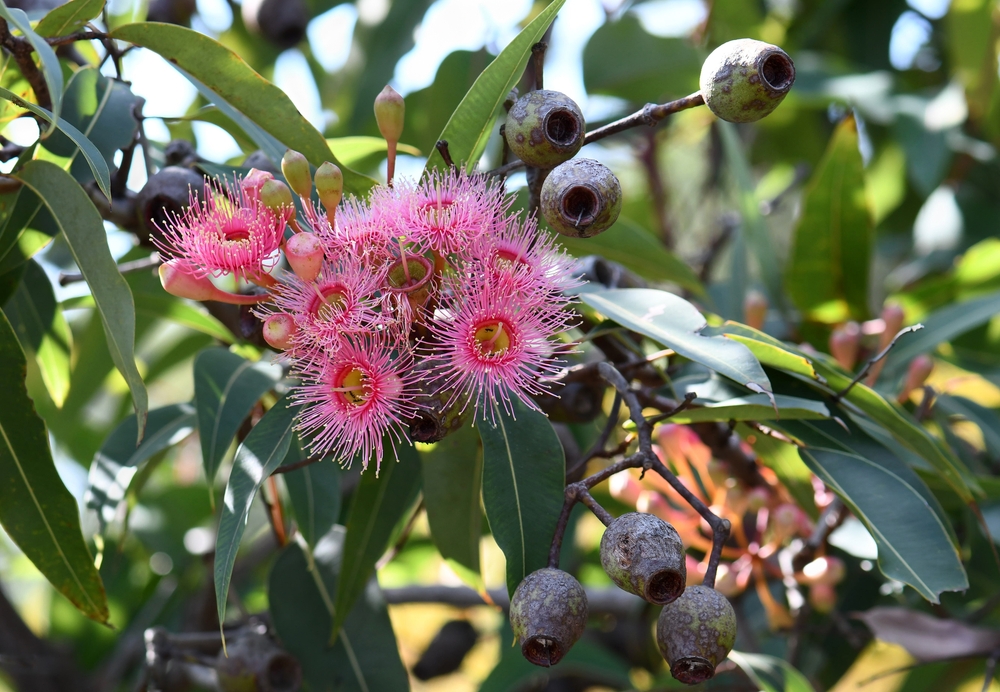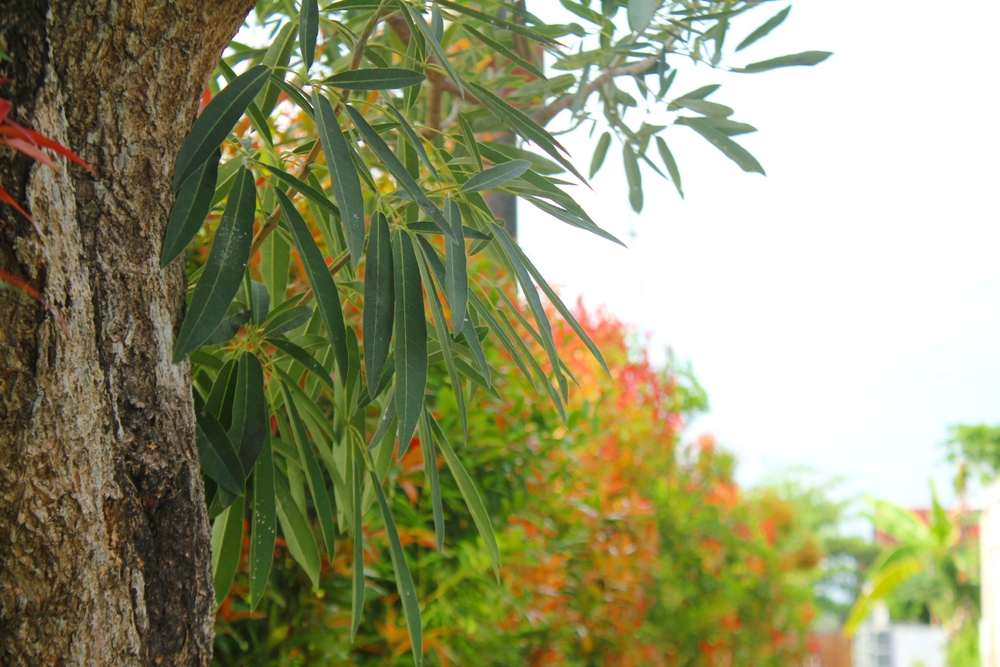Caring for native greenery is one of the most rewarding things a homeowner can do because it supports the natural beauty and character that surrounds our homes and neighbourhoods. Healthy native trees create shade and contribute to cleaner air, which makes every outdoor space feel more inviting. It takes the right knowledge and a bit of ongoing care to help them stay strong while preventing issues that could affect their long life. Our experts at Lance's Tree Care Services in Tamborine Mountain believe that giving your trees the attention they deserve helps them continue providing benefits for generations.
Understanding how native species behave throughout the year makes it easier for property owners to stay ahead of potential problems. By knowing which environmental factors matter the most, you can give your trees the best chance to thrive in the soil they are rooted in. A proactive approach ensures each season brings new growth instead of avoidable decline. With helpful guidance and small routine actions, you can feel confident about the health and safety of every tree on your land.

Native trees are uniquely adapted to local conditions, which means they require different care compared to introduced species. Knowing these differences helps avoid accidental harm and encourages natural resilience. The environment greatly affects growth patterns and overall health, so understanding local conditions can make a huge difference in long-term success. Seasonal needs also matter, which is why timing plays a major role in maintenance tasks.
Certain native species are more commonly found in local gardens and natural surrounds, each bringing their own structure and root behaviour. Recognising these individual traits allows better planning for spacing and future growth. Many native species react strongly to climate changes, so observing growth habits helps predict how trees will adapt over time.
The local landscape offers natural conditions that shape tree performance throughout their life. Trees respond quickly to changes in soil quality and sunlight exposure. Managing these elements carefully helps maintain strong structure and lush foliage.
Different times of the year present ideal opportunities to focus on growth with maintenance and protection. Paying attention to seasonal changes reduces stress and improves resilience. A consistent schedule keeps trees healthier for longer.
Native species are naturally equipped to handle local pests, but even strong trees can become vulnerable if stressed. The key to prevention is noticing any abnormal change early and responding quickly. Safe treatment methods help reduce harm to beneficial wildlife. When expert help is needed, knowing when to call makes a big difference.
Being observant about small changes can stop serious problems from spreading. Most pests and diseases show visible signs before widespread damage occurs. Early detection leads to easier treatment.
The environment relies heavily on the balance native trees create, so protecting that balance is important. Gentle pest solutions help preserve good insects while targeting harmful ones. Responsible action ensures future stability.
Sometimes a situation becomes too complex to handle alone, which is when expert evaluation is valuable. Certified specialists can identify risks that are not immediately obvious. Getting help early protects your home and the environment.

Creating a healthy natural space does more than keep trees alive because it improves the entire outdoor environment. Local wildlife plays an essential role in helping trees reproduce and remain strong. A balanced approach to care ensures nature functions harmoniously. Every decision you make in the garden contributes to a healthier ecosystem.
Growing a mix of native plants keeps the garden full of life and colour. Wildlife relies on food and shelter provided by vegetation, so offering a variety of species builds a strong community. Greater diversity reduces reliance on chemical solutions.
Tree care is not about heavy changes but careful support of natural growth. Balancing maintenance tasks ensures strong health without disturbing wildlife needs. Doing a little regularly is much better than waiting for big problems.
Trees can live for decades when given proper ongoing care. Long-term planning allows roots and the surrounding plants to evolve naturally without conflict. Taking responsibility for native trees means looking ahead.
Native trees are an important part of the landscape, and supporting them means supporting the local environment around every home and property. With the right care, homeowners can enjoy cleaner air and more wildlife activity while preventing hazards that come from neglect. By learning the unique needs of each species, you can make confident decisions that help your outdoor space continue to flourish.
If you need support or professional help with identifying problems or planning long-term care, Lance's Tree Care is always ready to assist. Our aim is to protect the natural beauty of your property with knowledgeable and reliable services that give every tree the best chance at life. Through proper stewardship and informed action, your native trees can stay healthy and thriving for many years to come.